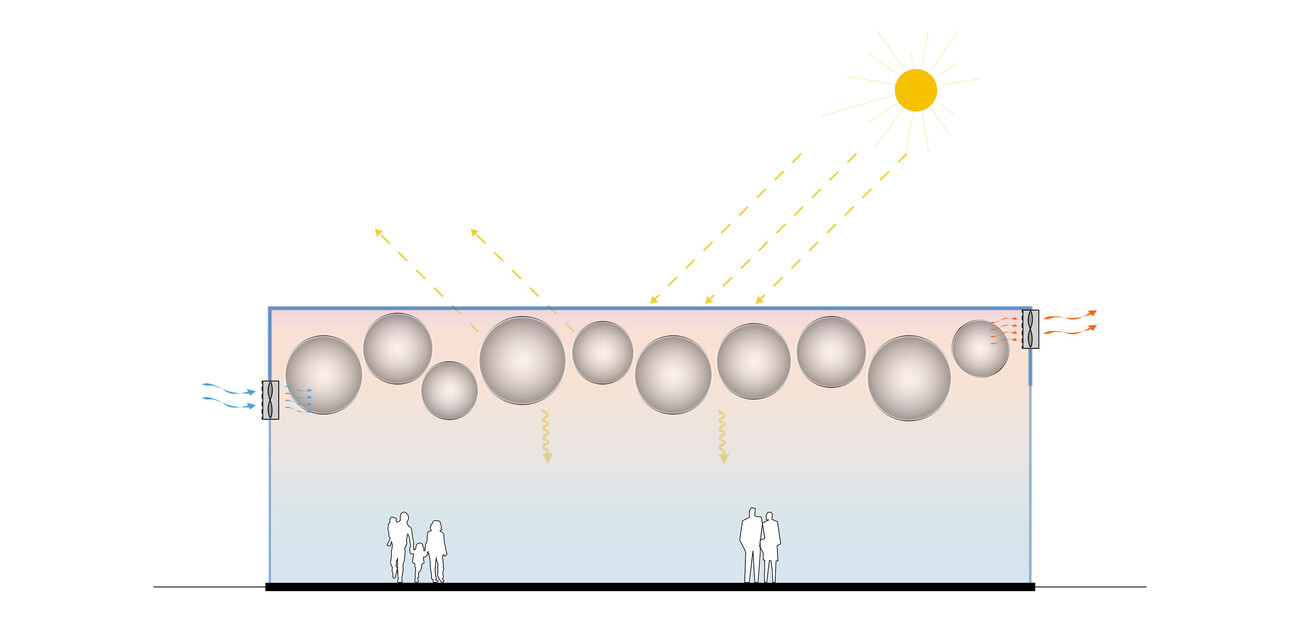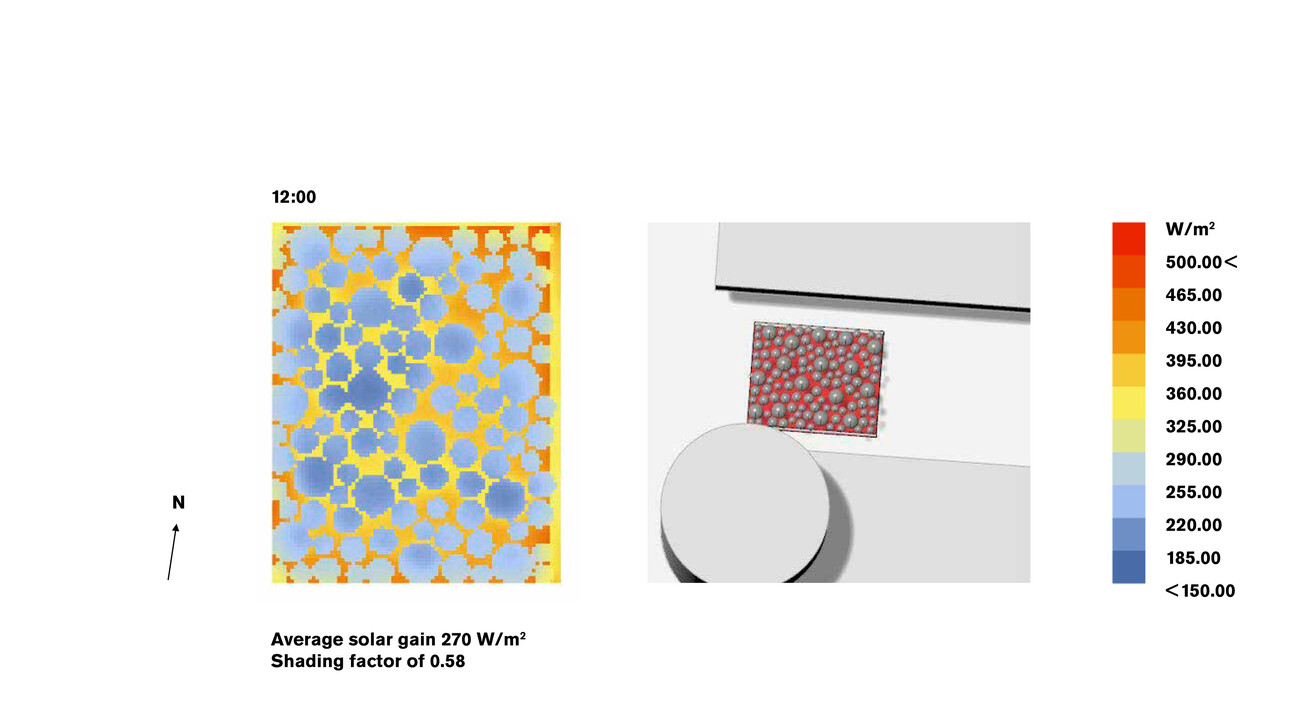AP Pavilion, Bangkok, Thailand

Following the collaboration between Tetsuo Kondo Architects and Transsolar for the Cloudscapes installation at the Venice Biennale and the MOT Tokyo, the AP world pavilion is yet another short-term experimental architectural installation featuring climate, the immateriality of space and the connection between the indoors and outdoors through a highly transparent building envelope.
The temporary exhibition hall in Bangkok’s Paragon Park accommodated the event “AP World”, showcasing the idea of “living that combines function, humanity and innovation”. This 400m² pavilion had up to 800 visitors daily with the cafe area accommodating around 80 people.
Transsolar participated in the early design stage, to develop the design idea and to provide adequate thermal comfort in the Pavilion set in Bangkok’s tropical climate.
To realize the connection between the indoor space and the ambient environment, high transparency membranes were used as envelope, at the first site a less intuitive strategy, given the green house effects associated with transparent structures. However, large reflective balloons floated under the roof creating an atmospherical divide between the occupied space and the parts above people.
This thermal stratification is reminiscent of the micro-climates created and made visible in Cloudscapes.
As the balloons are used not only as an aesthetic element but as shading device, the challenge was to balance the thermodynamic interaction between the sun, balloons, envelope, ventilation and humidity within the different volumes of the spaces – all for the purpose of good climatic conditions.
Each activity area was assigned an optimized density of balloons following the results of solar radiation studies.
While the balloons blocked an optimal amount of solar light, they would also absorb a significant amount of solar energy in form of heat which had to be distributed via ventilation - without introducing the humidity of Bangkok’s tropical climate. The different competing climatic effects were balanced on site, as part of the experimental installation.
The installation was yet another opportunity for Tetsuo Kondo and Transsolar to realize innovative architecture. The lessons learned throughout this collaboration add valuable experience in designing and operating high transparency buildings in hot and humid climates.









